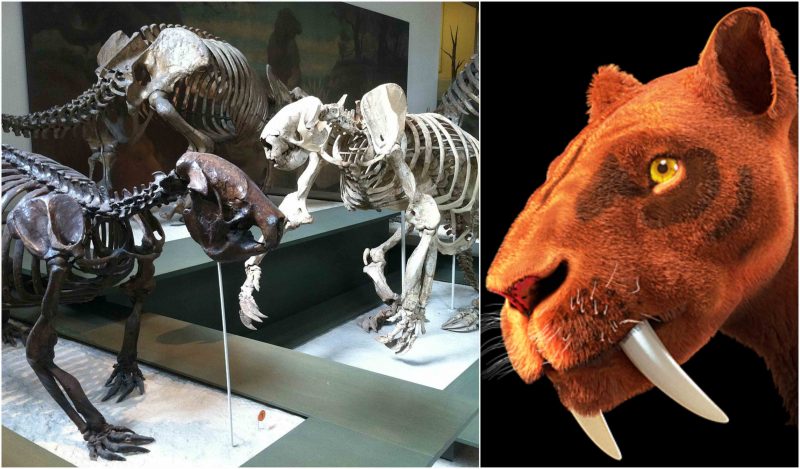On the windswept plains of Patagonia, in the southern tip of South America, elephant-sized sloths, and saber-toothed tigers once roamed. Despite the humans and their encroachment, these giants from the Ice Age survived. Yet, within 100 years, these animals were pushed to extinction.
For many years, the exact reason for this extinction has remained a mystery. A new study, published in Science Advances, led by researchers from Australia, the US, and Argentina claims that it was a double whammy of rapidly warming climate and predation from the man that caused these animals to disappear.
In order to study this, the researchers took DNA that was extracted from radiocarbon-dated bones and teeth found in caves across Patagonia and Tierra del Fuego and traced the genetic history of the populations.
The pattern of rapid human colonization through the Americas coincided with contrasting temperature trends in each continent—this allowed the researchers to look at the relative impact of human arrival and climate change. The research, led by the University of Adelaide, found that it was only when the climate warmed, long after the arrival of humans, that the megafauna suddenly died out, around 12,300 years ago.
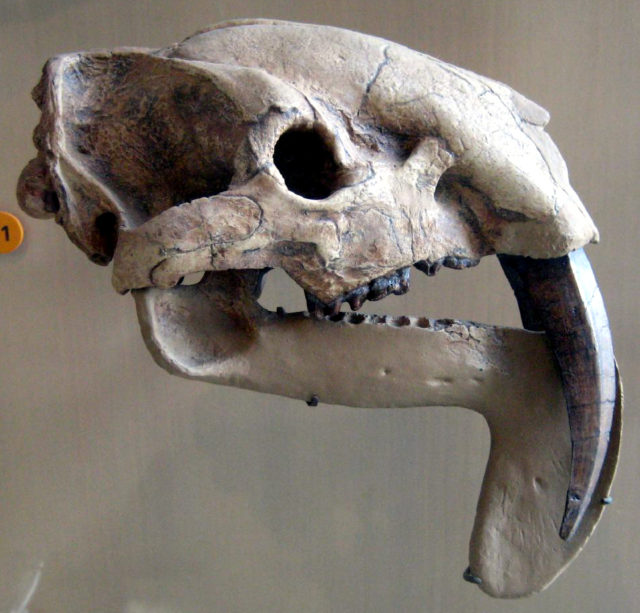
One of the researchers, Professor Alan Cooper, noted, “Patagonia turns out to be the Rosetta Stone—it shows that human colonization didn’t immediately result in extinctions, but only as long as it stayed cold.” He said, “Instead, more than 1,000 years of human occupation passed before a rapid warming event occurred, and then the megafauna were extinct within a hundred years.”
Before the arrival of humans and the warming of the climate, species such as the South American horse, giant jaguar, saber-toothed cat and the enormous one-ton short-faced bear, which was the largest land-based mammalian carnivore, were found widely across Patagonia. This changed once the humans arrived.
“The America’s are unique in that humans moved through two continents, from Alaska to Patagonia, in just 1,500 years,” said Professor Chris Turney, from the University of New South Wales. “As they did so, they passed through distinctly different climate states—warm in the north, and cold in the south. As a result, we can contrast human impacts under the different climatic conditions.”
In terms of extinction, the only large species to survive were the guanaco and vicuna, ancestors of modern llamas and alpaca. Even then, they almost didn’t make it.
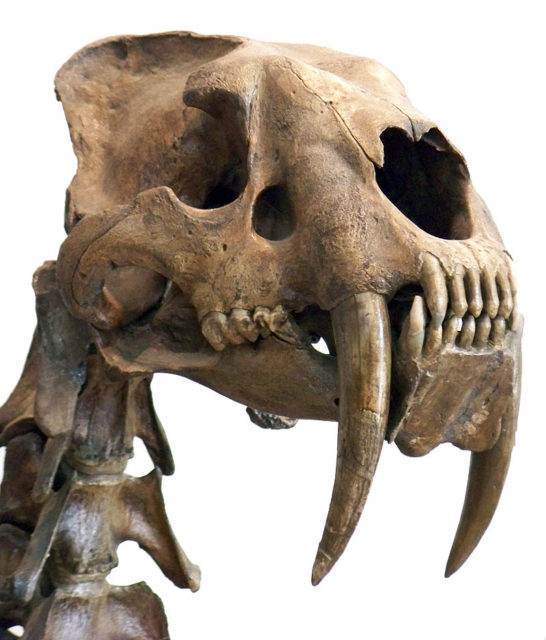
“The ancient genetic data show that only the late arrival in Patagonia of a population of guanacos from the north saved the species, all other populations became extinct,” added lead author Dr. Jessica Metcalf, from the University of Colorado Boulder.
Dr. Fabiana Martin, at the University of Magallanes said, “In 1936 Fell’s cave, a small rock shelter in Patagonia, was the first site in the world to show that humans had hunted Ice Age megafauna.” Dr. Martin continued, “So it seems appropriate that we’re now using the bones from the area to reveal the key role of climate warming, and humans, in the megafaunal extinctions.”
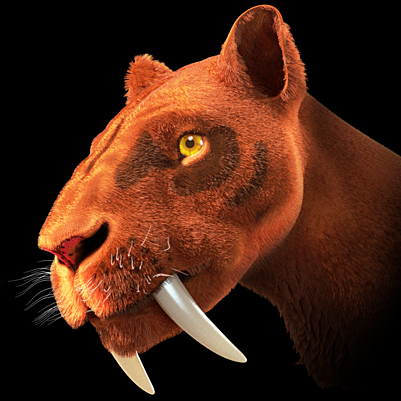
There are currently several theories that attempt to explain the extinction of other Ice Age giants, like the Woolly Mammoth. More than 200,000 years ago, these enormous beasts are thought to have roamed the Earth, but they died out about 10,000 years ago.
During that time, the planet was undergoing a major climate change that is thought to have led to a shrinking of their habitat. Unable to find sufficient food, the population shrunk.
In 2008, a study estimated that changes in climate as a result of the end of the last glacial period saw their habitat shrink from three million square miles to a mere 310,000 square miles.
Other researchers have suggested that the spread of forests—that overtook the extensive areas of frozen grassland and tundra, which were the mammoths’ habitat—led to their extinction. Other researchers blame over-hunting by humans for dealing the final blow to dwindling populations of megafauna, such as the mammoths.
The climate change is another thought to have opened up large swathes of the northern hemisphere to humans and allowed groups to spread more widely around North America, Asia, and Europe.
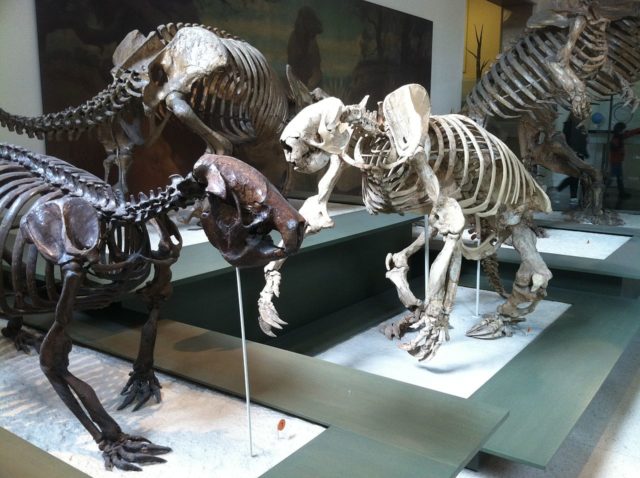
The changes in climate also opened up large parts of the northern hemisphere to humans, allowing groups to spread more widely around North America, Asia, and Europe. In that same vein, recent theories claim that it was the sudden changes in climate that left many large animal species that were unable to adapt to precarious situations. One of the theories that almost everyone is familiar with is, of course, that the climate change was triggered by a large explosion from an asteroid or comet impact that spread debris around the globe.
